The Samsung Galaxy Watch 7 brings advanced health tracking. It also has Galaxy AI and a De Novo FDA-authorized Sleep Apnea feature exclusive to Samsung’s premium smartwatch lineup. The watch is equipped with powerful hardware (running Exynos W1000), which is said to bring remarkable improvements to the CPU. Even with a powerful chipset, the Galaxy Watch 7’s battery life can be mildly inconsistent. The Galaxy Watch 7 can last one to three days, depending on your use and settings. To keep it at the higher end, here are all the settings you can change or tweak.
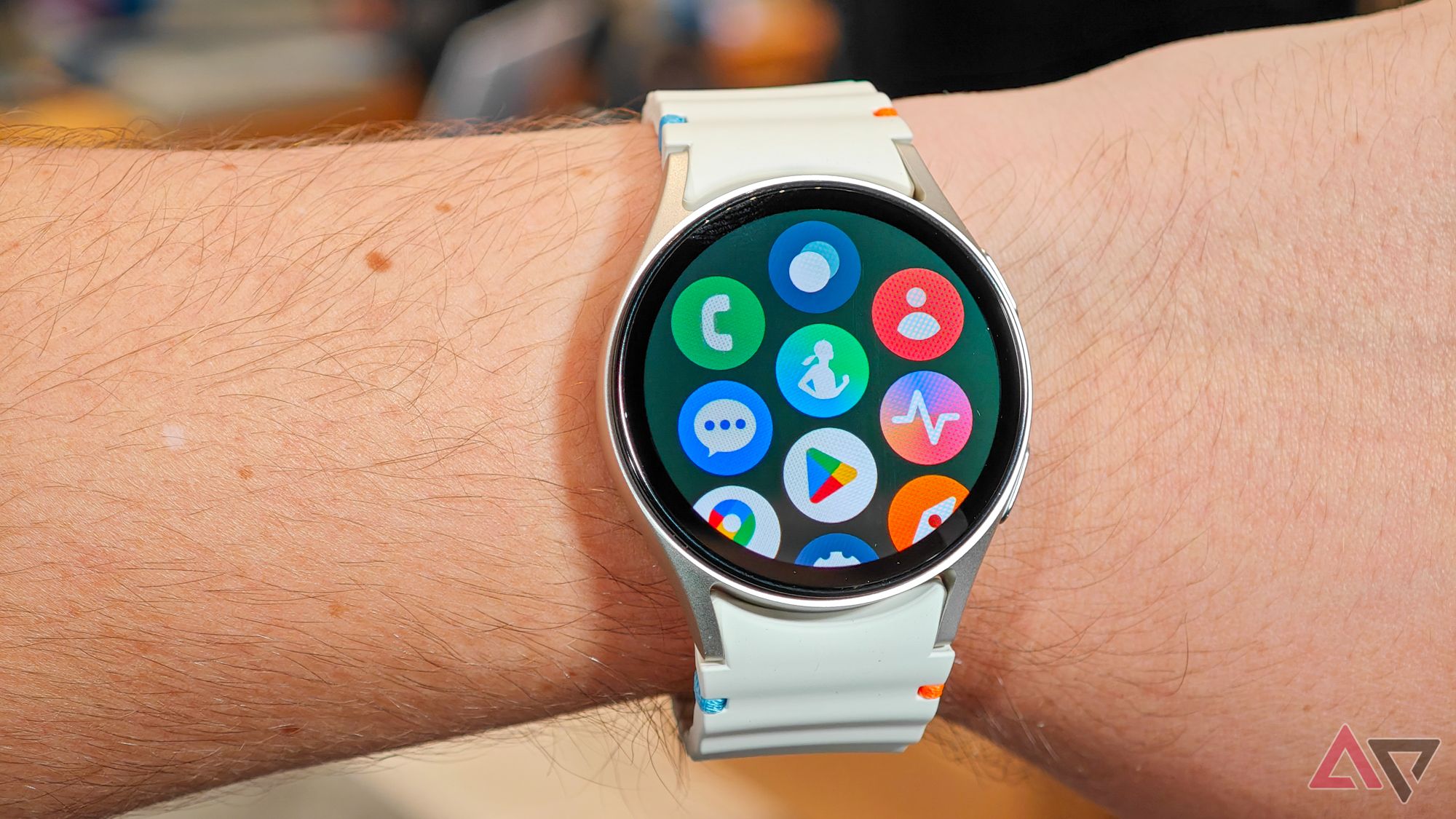
Related
Samsung Galaxy Watch 7: Price, specs, news, and features
The latest smartwatch from Samsung, and it sports Wear OS 5
For first-time use, the battery life is poorer than that
advertised by Samsung
. This is because setting up your new Galaxy Watch 7 requires learning a user’s use patterns to help optimize the battery performance. Give it a few days (or up to a week) of use before judging the battery life.
Check if your Galaxy Watch 7 is up-to-date
Software updates help battery life by refining processes and resource management and reducing power consumption. When bug fixes are released, a software update installs them automatically. The Galaxy Watch 7 runs on entirely new software, so it isn’t infallible to errors and unoptimized processes. To check if your software is up-to-date, go to Settings > Watch software.
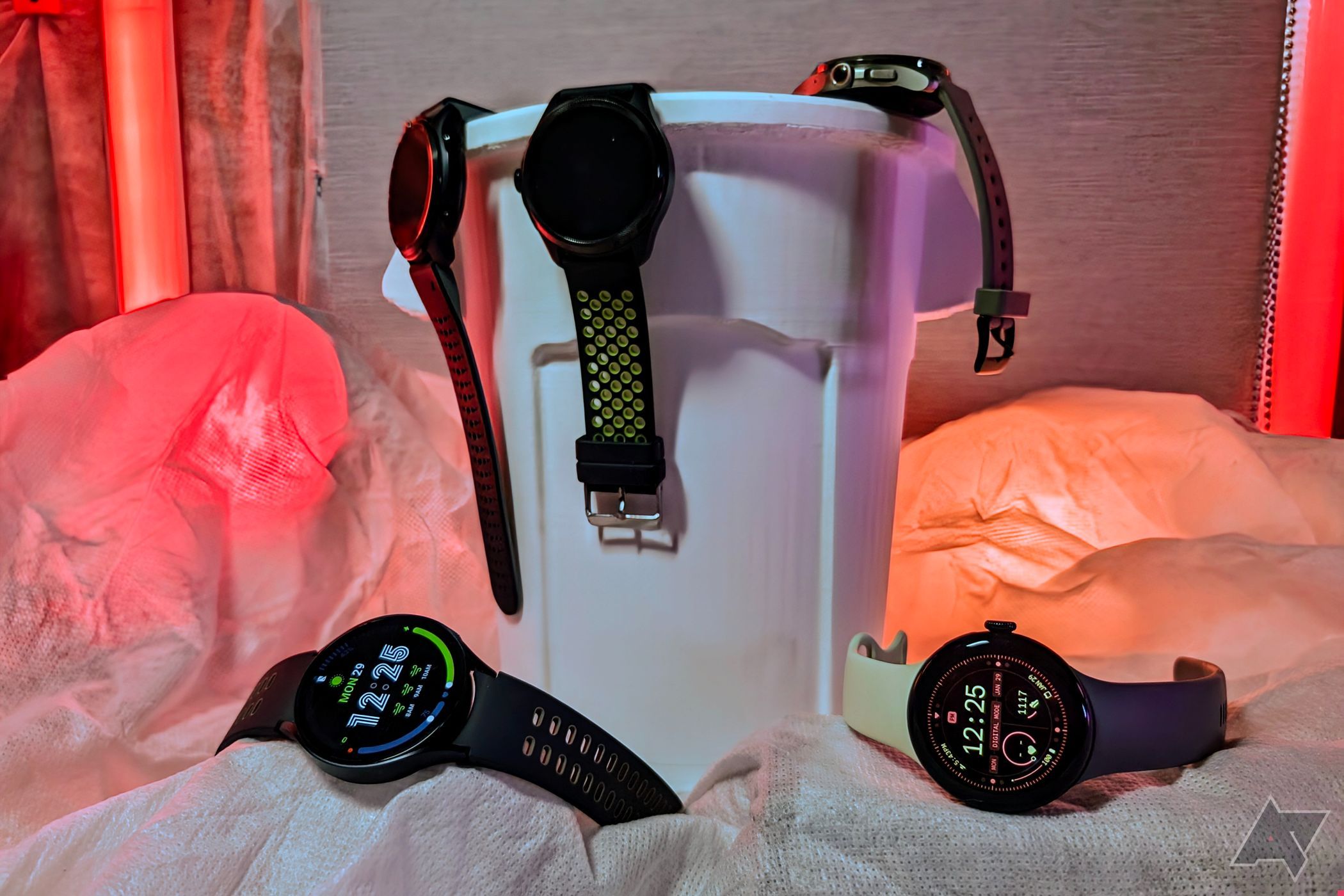
Related
What is Wear OS? A guide to the smartwatch operating system
Google’s smartwatch operating system is worth taking a closer look
Enable Power saving mode on your Galaxy Watch 7
Power saving mode is the best emergency option for extending the battery life of your Galaxy Watch 7 for a few more hours on a given day. Turning on power saving mode lowers the screen’s brightness, turns off Always On Display (AOD), restricts background use, limits location services, and deactivates services and features. Using power saving mode also reduces overall performance. To learn how to activate this, keep reading below.
- Go to Settings > Battery.
- Toggle on Power saving mode.
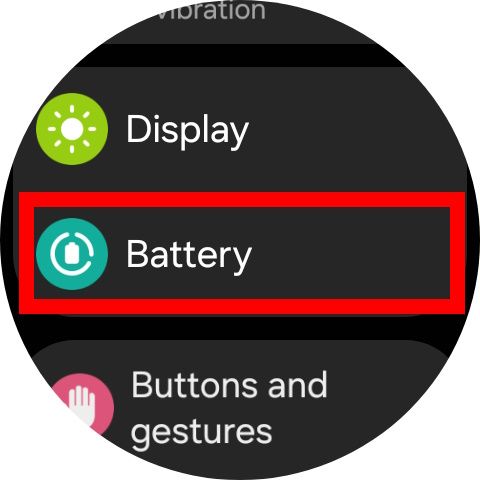
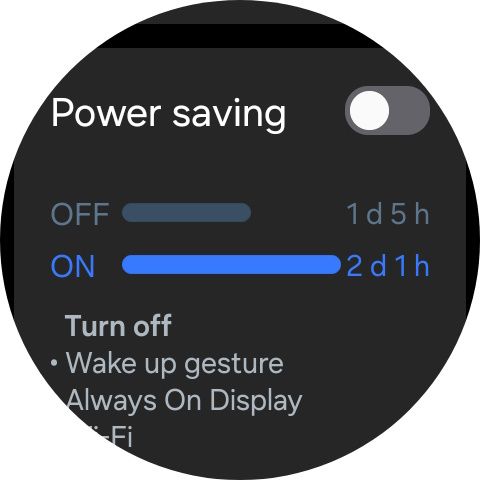
- You can also activate Power saving mode by accessing your quick panel.
Turn on your Galaxy Watch 7’s Watch Only mode
Galaxy Watches have an ultra power saving mode known as Watch Only mode. This mode increases battery life by turning off most features and turning your smartwatch into a regular analog watch, only capable of telling time. Depending on the initial charge, using the Watch Only mode can save your battery up to a week or several weeks of juice.
- Go to Settings.
- Tap Battery.
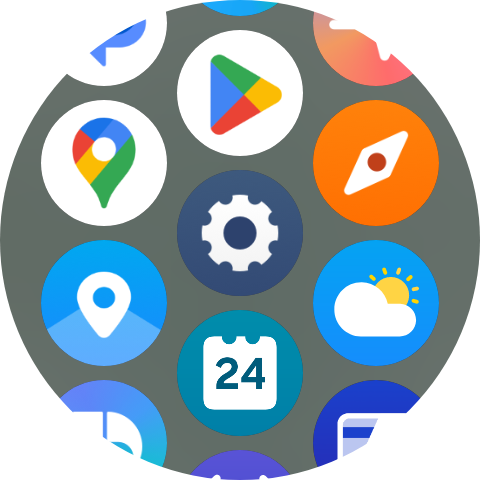

- Choose Watch only.
- Select Turn on.
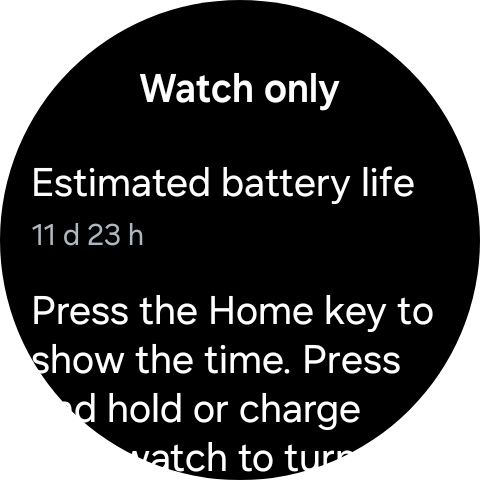
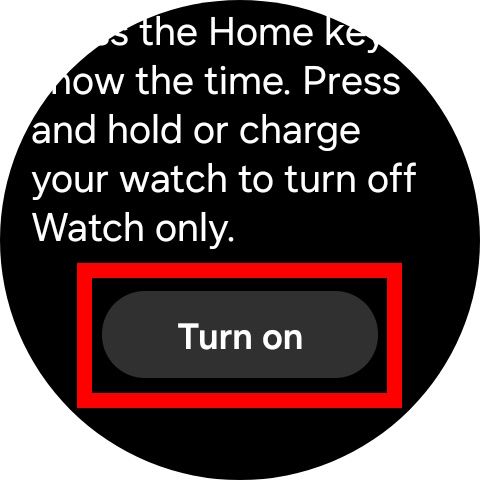
Change your Galaxy Watch 7’s brightness settings
Change the brightness settings if you want a long-term solution for your Galaxy Watch 7’s battery life. You can turn off adaptive brightness and use the brightness slider to choose a comfortable brightness setting. You can re-adjust the brightness from your Galaxy Watch’s quick panel.
- Go to Settings.
- Tap Display.

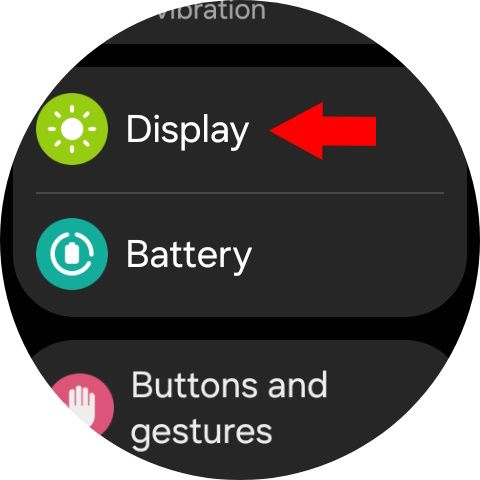
- Turn off Adaptive brightness.
Turn off Always On Display on your Galaxy Watch 7
You can turn off your Galaxy Watch 7’s AOD. Leaving AOD on drains battery life, but not significantly. However, it does contribute, thanks to how AOD requires lighting up pixels, which consumes power. If AOD is unnecessary, turn this off to extend your device’s battery life. Here’s how:
- Go to Settings.
- Tap Display.


- Toggle off Always On Display.
Reduce Screen timeout on your Galaxy Watch 7
Lowering the screen timeout option to a quicker time helps save on battery. But, you’ll have to respond faster to checking notifications and reading information on your Galaxy Watch 7. Going from 1 minute to 30 seconds isn’t that noticeable if you’re quick, but lowering it further could be jarring. Even if you reduce the screen timeout by half, this conserves the battery. To learn more, keep reading below.
- Go to Settings.
- Tap Display.


- Tap Screen timeout and change it to a lower time.
Deactivating media controls on your smartwatch reduces clutter and screen activity. Always showing the song or album that’s playing consumes power, which contributes to battery drain. You can turn this option off on your Galaxy Watch 7. Here’s how.
- Go to Settings.
- Tap Display.


- Toggle off Show media controls.
Change your Galaxy Watch 7’s watch face
You can extend the battery life of your Galaxy Watch 7 by changing the watch face. A darker watch face, with fewer lit-up pixels and animations, uses less power than a colorful or animated version. Read below to learn how to change your Galaxy Watch 7’s watch face.
- Tap and hold your watch face.
- Tap Add watch face.
- Select a darker or less animated watch face.
Reduce your Galaxy Watch 7’s animations by visiting
Settings
>
Accessibility
>
Vision enhancements
>
Reduce animations
(toggle on).
Change unused Samsung Health settings
These Samsung Health options are helpful, especially if you bought the Galaxy Watch 7 for its advanced health tracking features. When you turn off these options, you save battery life. Turning off the heart rate monitor capabilities, along with stress, prevents the watch’s sensors from overworking to take unnecessary measurements. Measuring heart rate data requires analysis and careful tracking, which needs constant background updating and processing (which consumes power). Turning off these options can conserve battery life. Read more below.
- Open Samsung Health.
- Tap Settings.
- Tap Heart rate and change it to Manual only.
- Repeat this step for Stress.
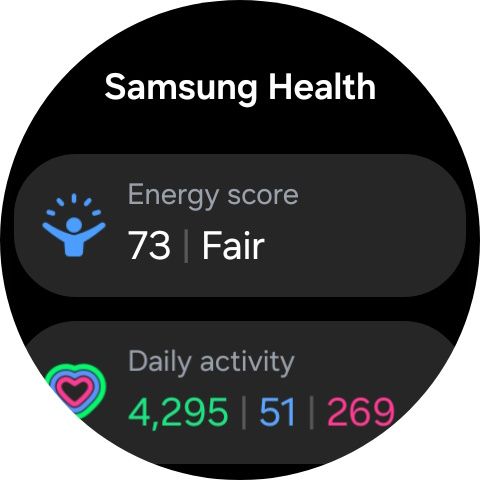
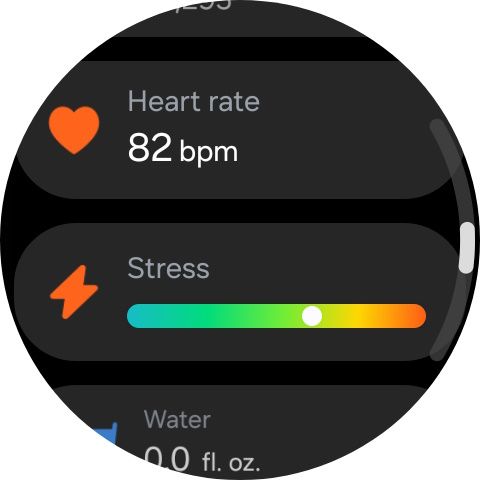
For other unused services, turn off services like Wi-Fi, location, and Google Assistant or Bixby to conserve your battery.
Pair a Galaxy Ring to your Galaxy smartwatch
Alongside the Samsung Galaxy Watch Ultra and Galaxy Watch 7, Samsung showcased the Samsung Galaxy Ring at the Samsung Unpacked event. Samsung claims that pairing the Galaxy Ring with your Galaxy Watch extends the battery life by 30%. You can pair the Galaxy Ring with your Galaxy Watch 7 to offload tasks like monitoring your blood oxygen and sensing your heart rate to preserve the battery. However, purchasing both devices separately can be costly, so change your settings before buying additional hardware.
Source link

